Mitochondria are small, organelle-like structures found in almost all eukaryotic cells. They are often referred to as the “powerhouses” of the cell because they are responsible for generating most of the cell’s supply of ATP (Adenosine Triphosphate), the energy currency of the body.

One interesting aspect of mitochondria is their unique evolutionary history. It is believed that mitochondria were once free-living bacteria that were engulfed by another cell and eventually became a permanent part of the cell. This process, called endosymbiosis, occurred over a billion years ago and the mitochondria have since become an integral part of the cell’s function.
Main Mitochondrial Role: Cellular Energy
ATP is produced through a process called cellular respiration, which occurs within the mitochondria. During this process, glucose and oxygen are consumed and converted into ATP, carbon dioxide, and water.
- The first step of cellular respiration is glycolysis, which occurs in the cytosol of the cell and results in the production of two ATP molecules.
- The second step, called the citric acid cycle or Krebs cycle, occurs within the mitochondria and produces an additional two ATP molecules.
- The final step, called oxidative phosphorylation, also occurs within the mitochondria and involves the production of ATP through the movement of protons across the inner mitochondrial membrane.
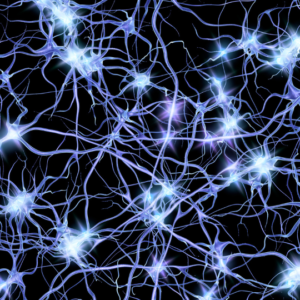
All in all, a molecule of glucose can yield up to 32 ATP molecules. In contrast, a molecule of fat (a trigliceride with 3 16-carbon fatty acid chains) can yield up to 460 ATP molecules via a similar series of steps starting with beta oxidation, the Krebs cycle and oxidative phosphorylation. Amino acids yield lower amounts of ATP than glucose as they enter the energy production cycle later in the process and are usually spared VS carbs and fats when it comes to energy production.
Mitochondria beyond Cellular Energy
In addition to their role in ATP production, mitochondria are also involved in other important cellular processes such as calcium signaling, cell growth and division, and programmed cell death (apoptosis). They are also involved in the synthesis of lipids, hormones, and neurotransmitters, and the detoxification of drugs and other harmful substances. One important role of mitochondrial biogenesis induced by endurance training is the production of Brown Adipose Tissue or BAT. This in a sense is the exact opposite of cellular energy production, as it pushes hydrogen protons to heat, rather than ATP production.
Mitochondria as a Health Marker
Mitochondria are essential for animal life and their dysfunction can lead to a wide range of human pathologies. Mitochondrial diseases are a group of disorders caused by dysfunctional mitochondria and can affect any organ system in the body. These diseases can be inherited and can range in severity from mild to severe. Symptoms can include muscle weakness, vision and hearing loss, developmental delays, and organ failure.
There are also many other diseases and conditions that have been linked to mitochondrial dysfunction, including neurodegenerative diseases such as Parkinson’s and Alzheimer’s disease, cardiovascular disease, diabetes, and cancer. In fact, many researchers believe that the mitochondria play a key role in the aging process and that age-related diseases may be a result of mitochondrial dysfunction.
Caring for your Mitochondria
There are plenty of single nucleotide polymorphisms (SNPs), that can influence mitochondrial function and contribute to the development of mitochondrial diseases and other conditions related to mitochondrial dysfunction. These SNPs can affect the production of enzymes involved in the electron transport chain, the synthesis of CoQ10 (a coenzyme that plays a key role in energy production in the mitochondria), and other important pathways involved in mitochondrial function.
One way to address these genetic predispositions is through lifestyle. Exercise, especially endurance training, has been shown to improve mitochondrial function and increase the number and size of mitochondria in muscle cells.
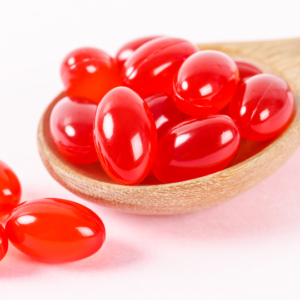
In addition to lifestyle and nutrition, certain supplements may also be helpful in supporting mitochondrial function. CoQ10, for example, can be synthesized within the body, but some people may have difficulty producing enough on their own due to genetic predispositions or other factors. Supplementing with CoQ10 may be helpful in these cases. Other supplements that have been shown to support mitochondrial function include acetyl-L-carnitine, alpha-lipoic acid, and N-acetyl cysteine.
But again, please don’t randomly jump to supplementing for your mitochondria. You first of all need a solid nutritional and lifestyle basis to build on (otherwise supplementing is not really effective). And supplementing randomly is like shooting in the dark: excess carnitine or cysteine can have undesired cardiovascular and inflammation related effects. So play the wise game: measure – adjust – measure again etc. It’s the only way to optimize your genes and metabolism.

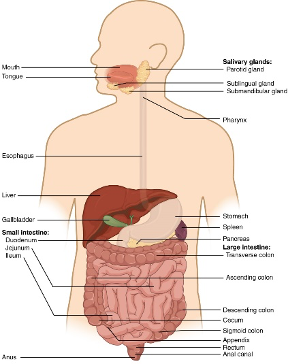
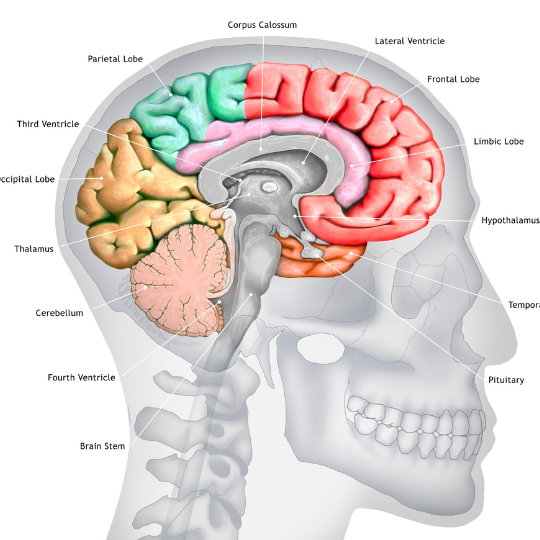


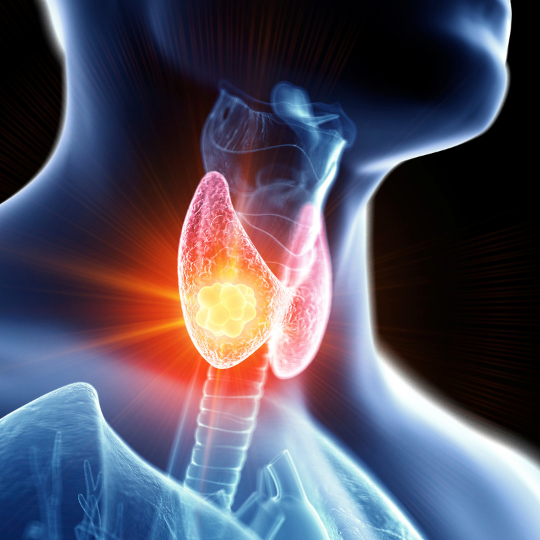








Pingback: Genetic and metabolic optimization 101
Pingback: Glutathione - the master Antioxidant
Comments are closed.